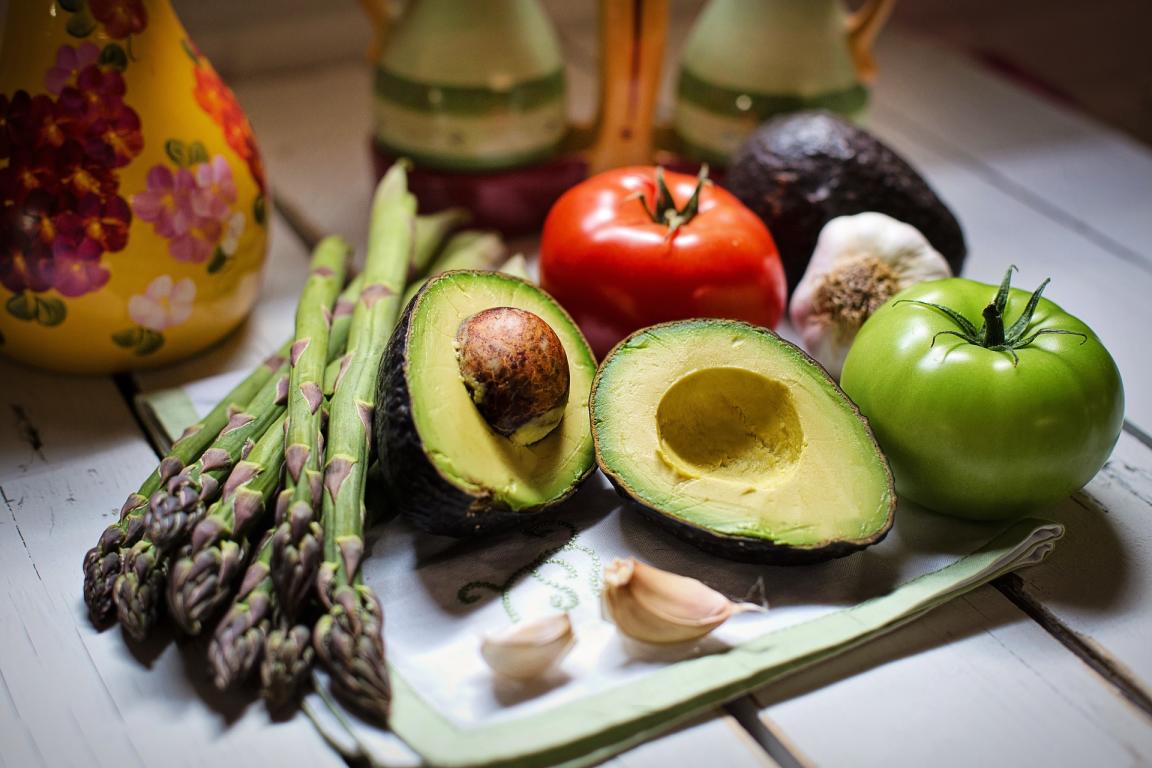Advances in manufacturing technology, proximity to the market and all the right conditions for foreign groups to set up operations in Tijuana City mean the world, but what would it all mean without the basics, such as quality food, water and air?.
When it comes to environment, Baja California is one of the most environmentally conscious in the country, protecting resources is high on the agenda and this is why years of careful development among our agro-industrial sectors has made Baja California State a leader in agro-industrial production, which other than fruits and vegetables, also includes meat, poultry and seafood, a large sum of those quite competitive in quality with top world players.
In terms of Agriculture, the sector functions in the following manner: even though there are around ten specific areas in the State that contribute to the overall production, most of the production happens in two regions, in or near to Mexicali City (Capital) which is the natural receptor of water coming from the Colorado River coming across the border from the United States which in a large degree supplies most other cities including Tijuana, Tecate, Ensenada and Rosarito, and the second is called Valle de San Quintin, which is the furthest southwest center of production.
Agricultural production in the State is given in two main cycles, the first happens between spring and summer and comprises from sowing to harvest in the same year, the second happens from autumn to winter which is sown in one year and harvested within the next. There are also what are called perennial crops that last several years in production. 78 different crops are planted in the State, of which 52 are cycle crops, either autumn-winter or spring-summer and 26 are perennial, all are produced commercially and utilize surfaces ranging from one hectare such as kohlrabi and eggplant to 50,000 hectares or more for the production of wheat and cotton.
Between San Quintin and Mexicali at least over 6,000 hectares make up the production basin, with a large percentage of that being destined for exports, where much of it goes through the Tijuana-San Diego border.
The Mexicali Valley is known for it's sophisticated irrigation systems, with a gross area of 360 hectares. The main crops in the region are: wheat, barley, cotton, alfalfa, oats, sesame, safflower, forage sorghum, "rye grass", vegetables for export and regional consumption; onion, chili, cabbage, lettuce, radish, coriander, broccoli, beet, cauliflower, tomato, green tomato, cucumber, squash and asparagus. Other crops include watermelon, melon, corn, grapevine, edible cactus (nopal) and beans. Due to the abundance of water and more than 200 thousand hectares of fertile land, agricultural activity has had great relevance in Mexicali where the city offers the ideal conditions to establish agribusiness and packaging of grains and food, luring international groups to set up operations for several decades.

In San Quintin is where the largest production basin exists, reaching about 4,200 hectares destined for full agriculture production. There are a large variety of high quality being produced in San Quintin such as avocado, Brussels sprouts, white wheat, however the most well known for their top quality and volumes are: cucumber, raspberry, zucchini, cranberry, eggplant, strawberry and red tomato, many of these use none invasive methods that do not require harsh chemicals and opt for natural fertilizers and insecticides delivering safe and high quality products which meet high standards destined not only for the USA but even highly competitive in Canada and the European markets.
Within the last decade not only has the sector experienced great growth but also an important shift in the use of technology applied directly for production and packaging but also for the procurement of important resources such as water, production has been growing so fast that in order to meet the demand a new desalination plant is being built in San Quintin Valley and is scheduled to be finished this year, this is the second of its kind in the State, the first serving since July of 2018 the city of Ensenada, less than 200km south of San Quintin. This fact tied with the use of new technology directed at agriculture production will definitely ensure growth for the sector, which has also been looking to diversify exports, after new regulations and tariffs where imposed by the current administration in the USA.
This offers new important opportunities for a country such as China where imports of fresh food products becomes everyday more enticing, a Chinese group could benefit as an investing partner to expand sales regionally and internationally even securing volume for the domestic market in China, logistically speaking there is a large port in Ensenada City that can secure shipping to China and for products that require more careful transportation now there are several options for airfreight directly from Tijuana to China.